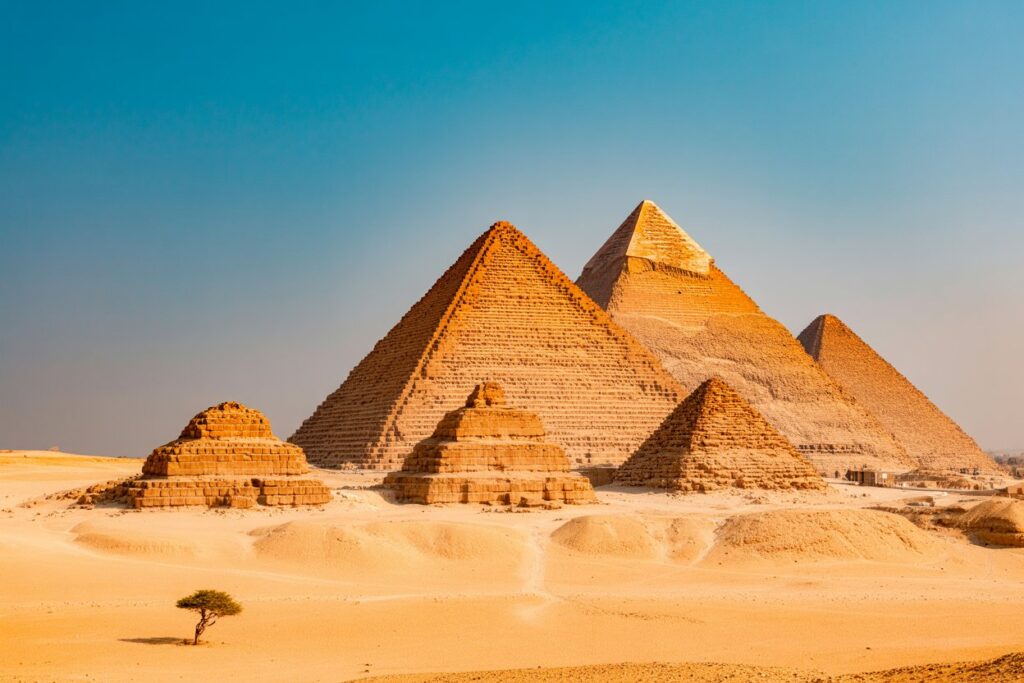We always hear about pyramids, ziggurats, and statues with questionable fashion choices, but what about the actual humans who lived in the world’s first cities? You know—the ones who had to deal with noisy neighbors, ancient plumbing (or lack thereof), and whatever passed for a work commute in 3000 BCE. This article zooms in on what daily life was like in early urban centers around the globe. Spoiler: it wasn’t all gods and glory. Let’s take a walk through the ancient streets and see how the first city folk really lived.
Mesopotamians Built Cities and Got Bossed Around Early
If you lived in Sumer or Ur around 3000 BCE, congrats—you were part of humanity’s first urban experiment. These cities had walls, temples, markets, and enough bureaucracy to make your head spin. Priests and kings ran the show, and yes, they definitely micromanaged. Most people were farmers, craftspeople, or scribes who spent their lives making stuff and paying taxes in grain. It was impressive, but also pretty rigid—unless you were royalty, in which case, life came with a gold cup.
Egyptians Mixed Work and Worship Like Pros
In ancient Egyptian cities like Thebes and Memphis, religion and government were pretty much roommates. Temples weren’t just for worship—they were economic hubs with workers, scribes, and administrators running the daily grind. Many Egyptians lived in mudbrick houses, worked in agriculture or construction, and probably spent a lot of time avoiding sunstroke. Daily life revolved around the Nile, which acted like the city’s Amazon Prime—delivering water, food, and transportation all in one.
Harappans Were All About Organization and Quiet Efficiency
The cities of the Indus Valley like Mohenjo-daro and Harappa were the neat freaks of the ancient world. They had grid layouts, covered drains, and standardized bricks—basically ancient SimCity on hard mode. What they didn’t seem to have? Kings, huge temples, or flashy monuments. Daily life was likely pretty community-focused, with people working in trades, farming, or chilling in their impressively built homes. It’s kind of refreshing how un-dramatic they were.
Chinese Urban Life Started with Walls and Well Planned Chaos
Early Chinese cities like Erlitou and Anyang were fortified, organized, and full of ritual. People lived in defined zones depending on their role—rulers, artisans, farmers, and spiritual types all had their place. Homes were simple, and the elite enjoyed some perks, like jade trinkets and maybe not having to dig ditches. Daily life involved farming millet, making bronze stuff, and trying not to annoy the ancestors. These cities were orderly but definitely not boring.
Andean Cities Grew Without the Wheel or Writing
In places like Caral in Peru, city life somehow thrived without wheels, draft animals, or even a written language. Instead, these cities revolved around massive platform mounds, organized neighborhoods, and a lot of labor sharing. Daily life was deeply communal—think teamwork but with quinoa and fish. They had music, planned layouts, and enough structure to function well for centuries. Honestly, it’s amazing how much they pulled off with so little tech.
Minoan Cities Came With Frescoes and Plumbing
On the island of Crete, cities like Knossos were bustling hubs full of art, trade, and fairly advanced plumbing. Yes, they had toilets. People lived in multistory homes, painted their walls with dolphins, and likely wore very stylish linen. The economy was maritime-heavy, so jobs revolved around trade, pottery, and shipping out olive oil like it was ancient gold. Life here was colorful and cosmopolitan—at least until things got shaky, literally, with earthquakes.
Hittite Cities Were All About Defense and Decrees
Hattusa, the Hittite capital, was built like a fortress with layers of walls and gates guarded by lions and sphinxes. Daily life was shaped by laws—lots of them—and a strong military presence. Most people lived in small homes and worked in agriculture, craft production, or for the state. The ruling class handled diplomacy, war planning, and issuing rules about everything from sheep theft to witchcraft. Not exactly a party town, but definitely organized.
Yoruba Cities Were Rich in Culture and Ironwork
In West Africa, early urban centers like Ife and later Oyo weren’t just political hubs—they were cultural beacons. People lived in compounds centered around extended families, worked as blacksmiths, traders, or farmers, and took part in religious and social rituals. Ironworking was huge, as was sculpture—especially those eerily lifelike bronze heads. These cities were vibrant, structured, and deeply spiritual. Everyday life mixed tradition, trade, and plenty of storytelling.
Mayan Cities Balanced Ceremony and Sweat
In places like Tikal and Palenque, Mayan city life meant grand plazas, towering pyramids, and lots of calendars. But behind the stone facades were thousands of people farming maize, weaving textiles, and hauling stone for construction. Most homes were modest and arranged in small clusters around family plots. Daily life blended hard labor, religious festivals, and a surprising amount of math. Not everyone was doing rituals—some were just trying to survive the dry season.
Greek Cities Invented Public Life and Private Grumbling
In early Greek cities like Athens and Corinth, life was split between the agora (the public square) and the oikos (your house). Men debated politics or gossiped in the marketplace, while women mostly ran the household—yes, gender roles were strong here. Most people were farmers, potters, or traders, and everyone had opinions on taxes, war, and drama. Life was active, a little chaotic, and full of civic pride—plus the occasional olive oil scandal.

